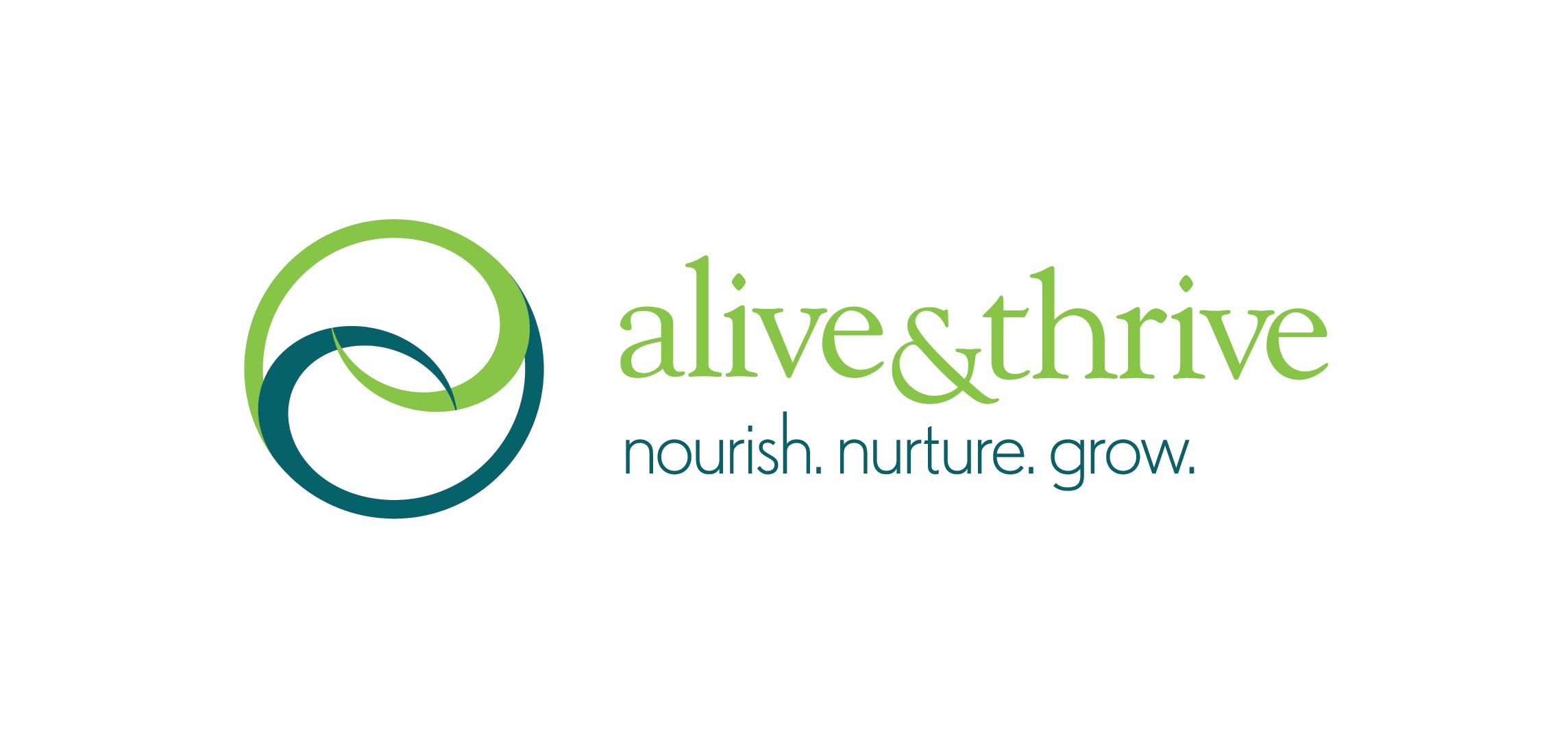Making breastfeeding work
for working mothers
in the Philippines
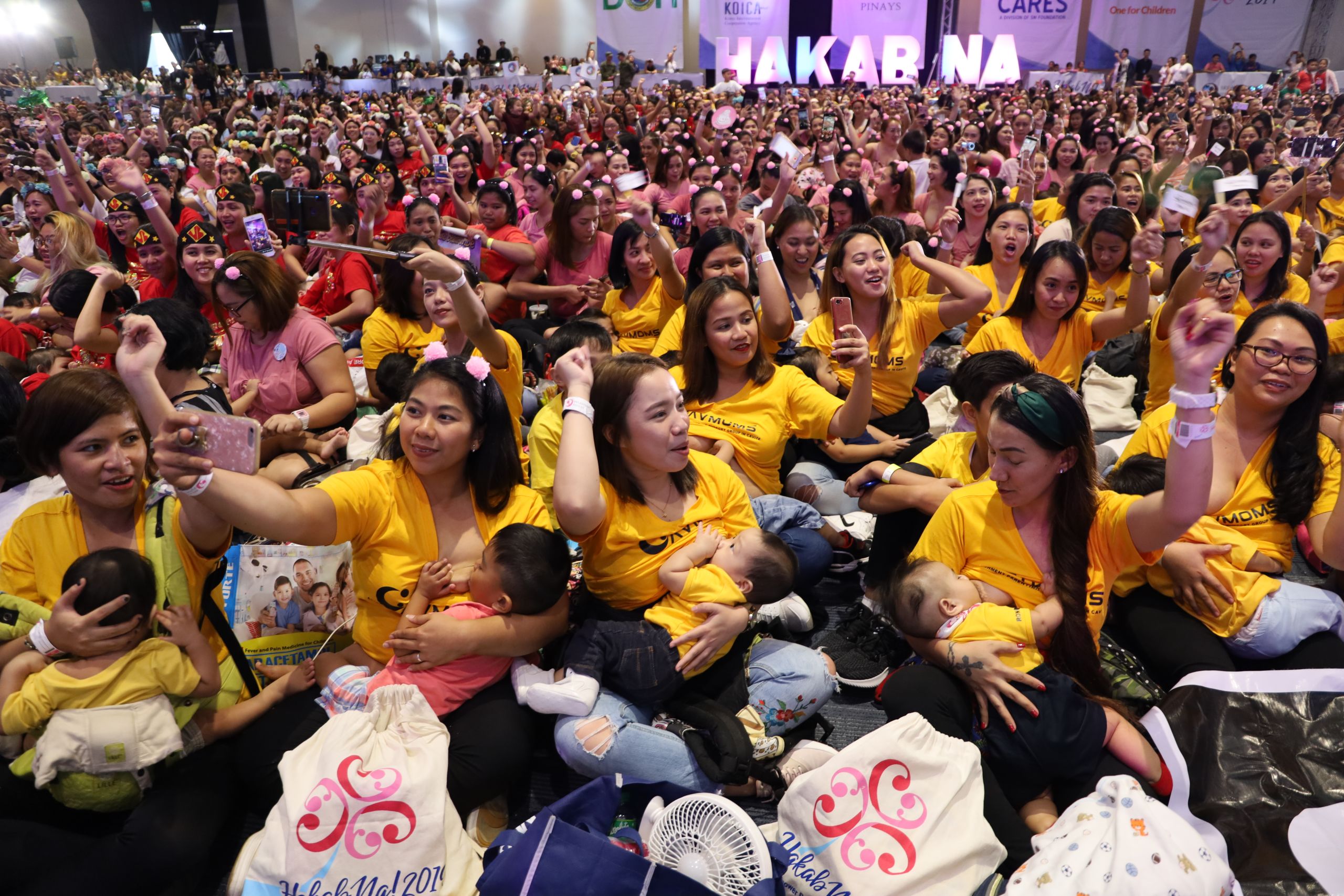
Returning to work after giving birth often causes mothers to give up breastfeeding or resort to mixed feeding. When mothers aren’t provided with breastfeeding support at work, it becomes challenging to meet recommendations to breastfeed exclusively for six months.

But a new generation of mothers in the Philippines is showing that with support from the government, workplaces, communities and families, mothers can combine breastfeeding and work.
Five working Filipina mothers - Mylene, Abigail, Sienna, Julie, and Nori Anne - share their stories and the support they received that was crucial to exclusively breastfeed their children.

Breastfeeding communities empower parents
Mylene, a public school teacher, attributes her breastfeeding achievements to the support and knowledge she received from a Facebook group. Breastfeeding Pinays is an online support group with over 290,000 members, including mothers, breastfeeding counselors, and maternal and child-care specialists.
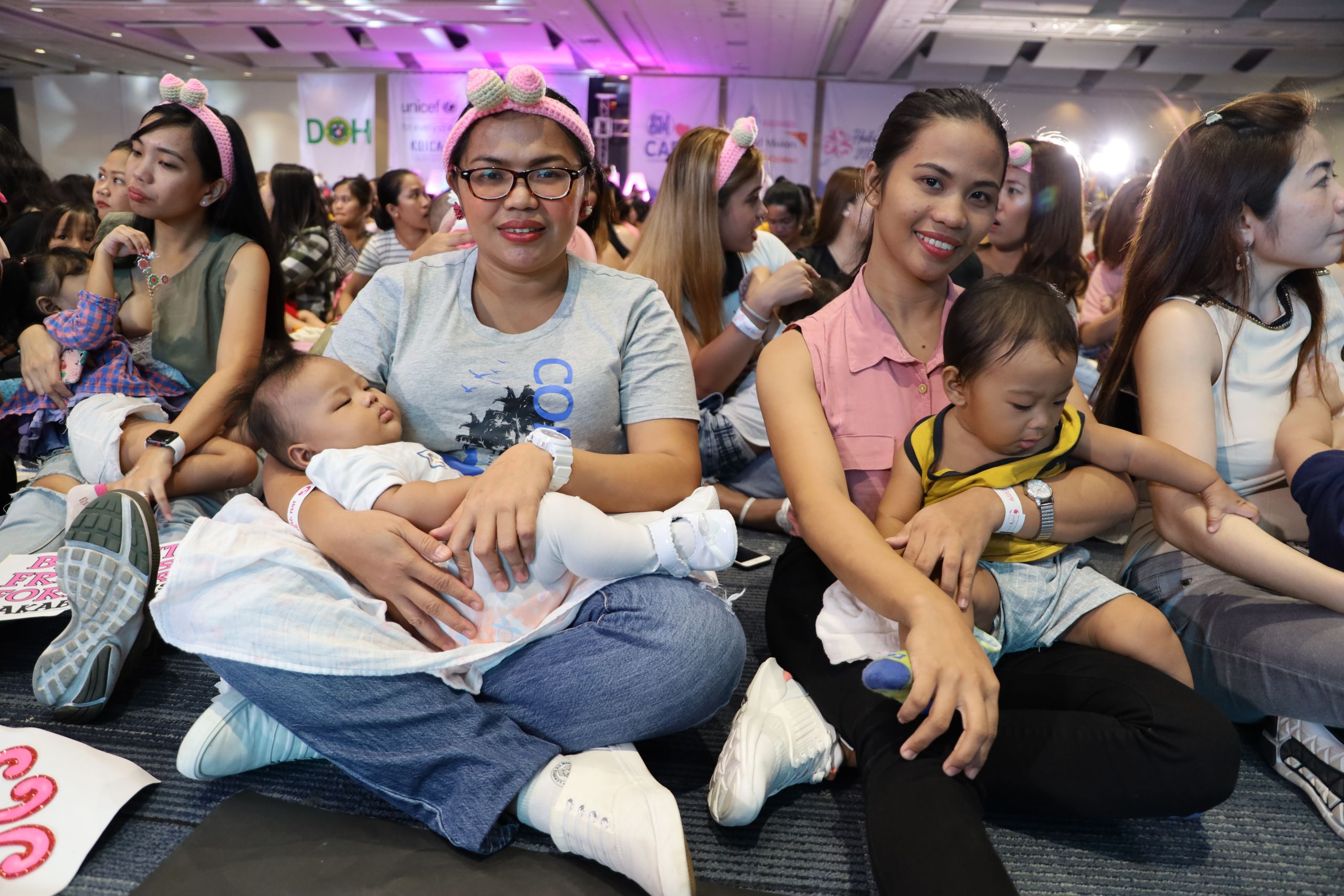
Breastfeeding communities empower parents
Mylene, a public school teacher, attributes her breastfeeding achievements to the support and knowledge she received from a Facebook group. Breastfeeding Pinays is an online support group with over 290,000 members, including mothers, breastfeeding counselors, and maternal and child-care specialists.
“I’m so thankful to be a member of Breastfeeding Pinays where I learned about workplace lactation, milk expression and building a milk stash” shares Mylene. “It enables me to pursue exclusive breastfeeding. Before I was a part of Breastfeeding Pinays, I didn’t know that it is possible for a teacher like me to continue exclusive breastfeeding.”


Mylene, with her husband Jeiff, exclusively breastfed her youngest daughter, Joice, for six months, and continues to breastfeed her at 11 months.
Mylene, with her husband Jeiff, exclusively breastfed her youngest daughter, Joice, for six months, and continues to breastfeed her at 11 months.
“I’m so thankful to be a member of Breastfeeding Pinays, where I learned about workplace lactation, milk expression and building a milk stash,” shares Mylene. “The knowledge gained from this Facebook group enables me to exclusively breastfeed my youngest two children. Before I was a part of Breastfeeding Pinays, I didn’t know that it is possible for a teacher like me to continue exclusive breastfeeding.”
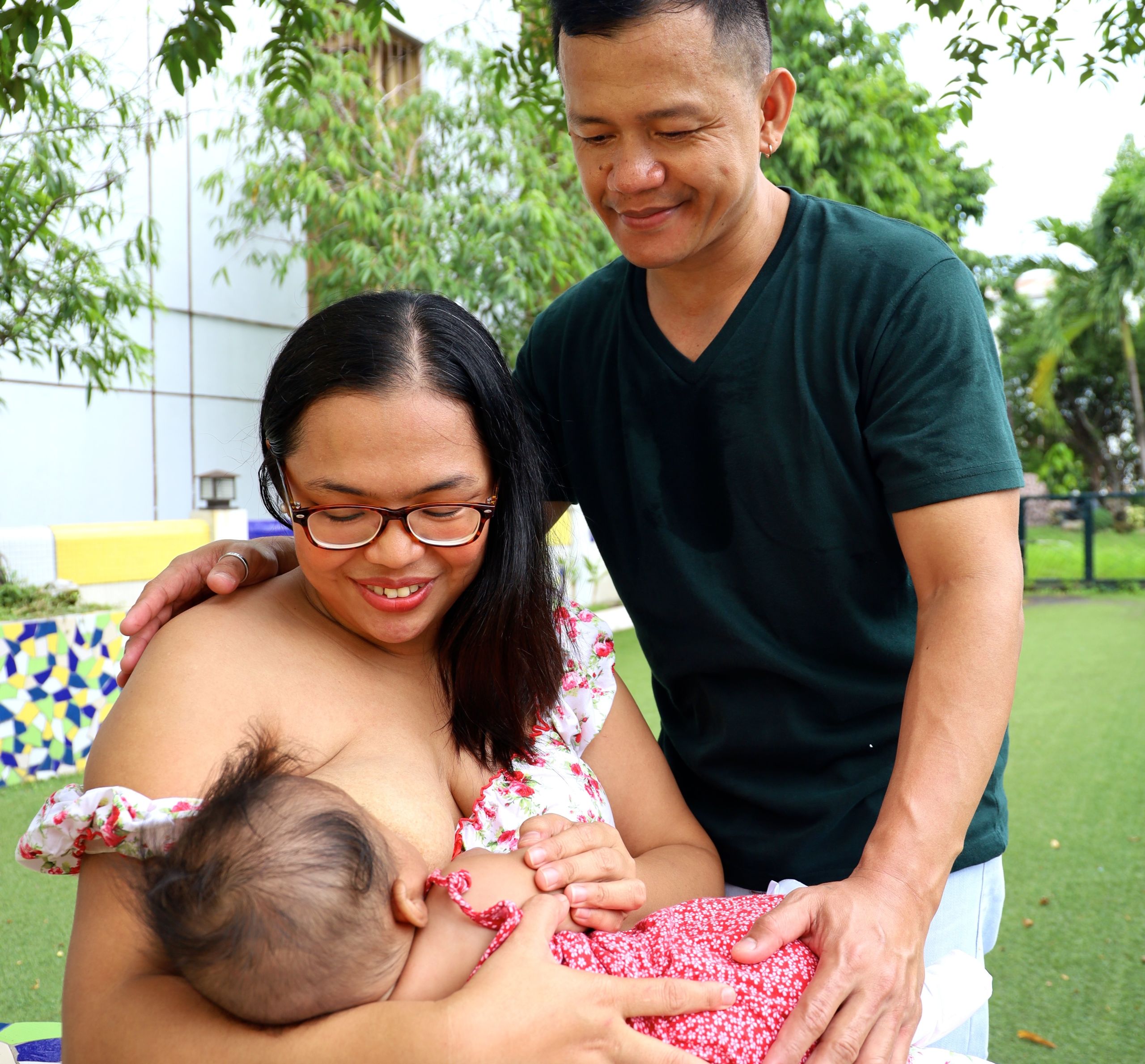
Many mothers, like Mylene may give up breastfeeding when they return to work – often because they are unaware of breastfeeding’s benefits, or don’t feel that it’s possible to work while exclusive breastfeeding. Breastfeeding Pinays raises awareness and encourage mothers to breastfeed by running campaigns online and offline, like "Hakab Na!" or "Latch on!", the Philippines's biggest breastfeeding event.
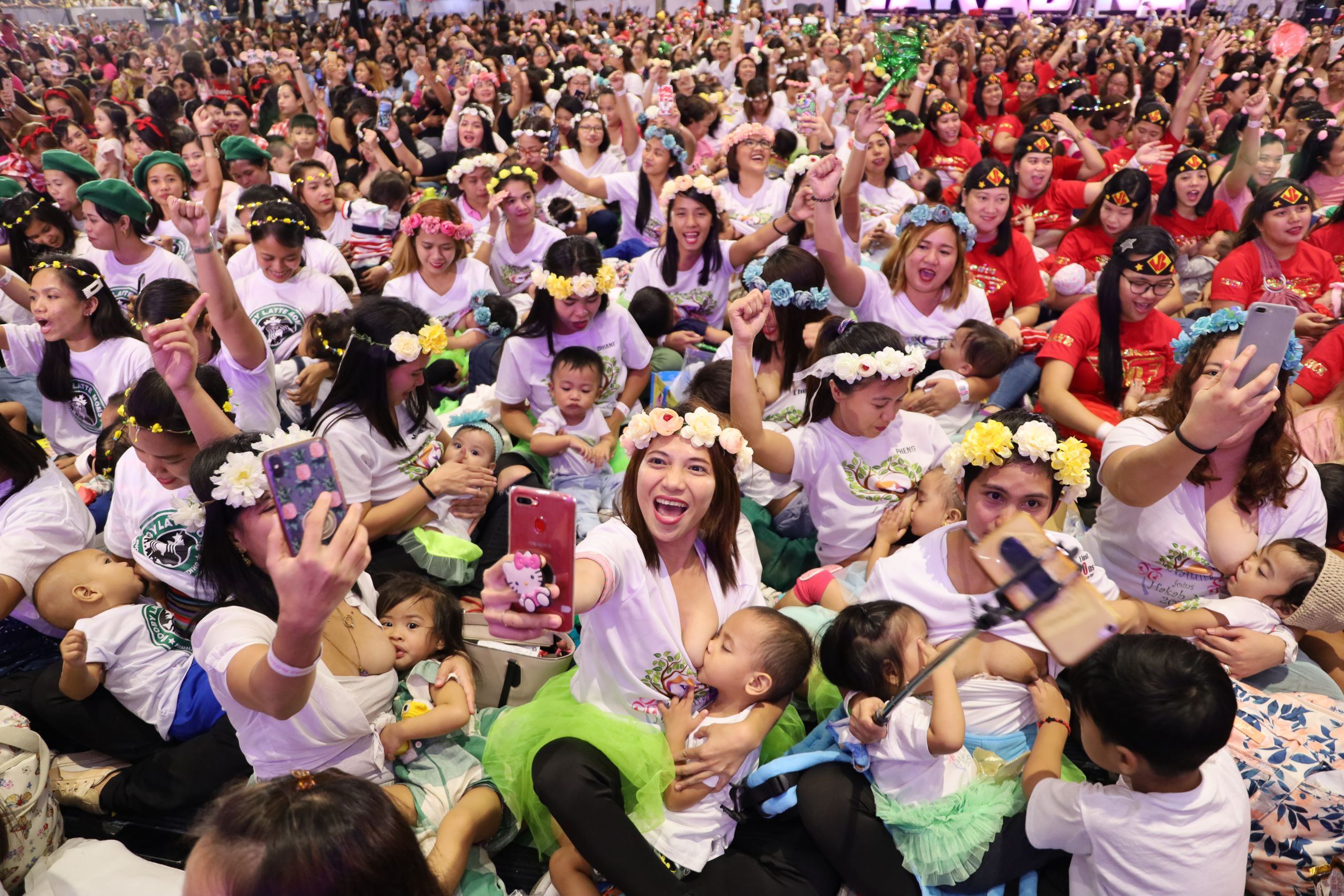
Maternity leave benefits mothers in the formal sector
In 2019, the 105-Day Expanded Maternity Leave Law extended paid maternity leave for mothers in the formal sector from 60 to 105 days. Sienna, who works as an instrument engineer, enjoyed longer paid leave. Extended maternity leave policies, like this one, have been proven to positively impact breastfeeding practices. The paid leave provided her family financial security as she recovered, adjusted to the demands of being a new mother, and prepared to exclusively breastfeed upon her return to work.
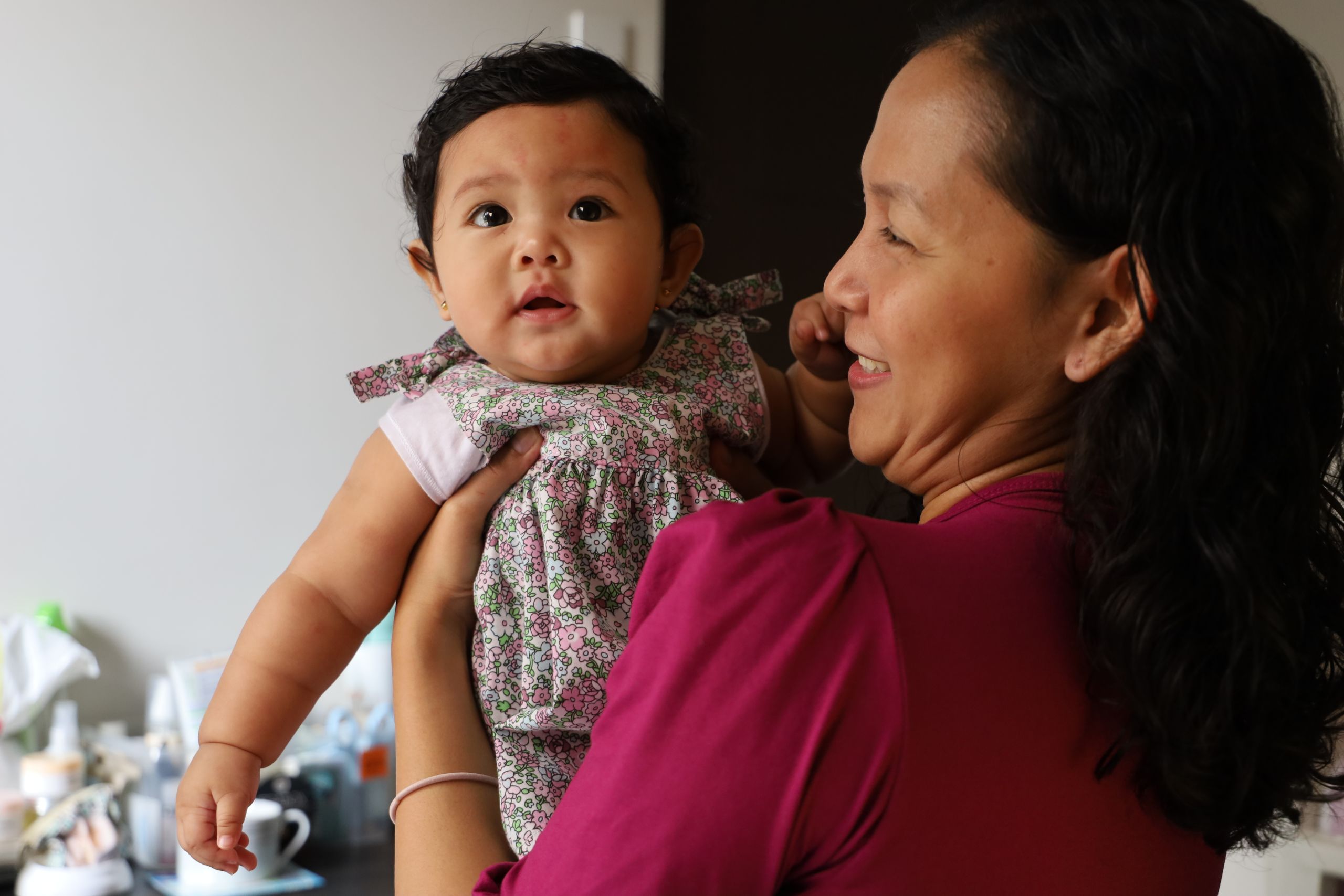
Maternity leave benefits mothers in the formal sector
In 2019, the 105-Day Expanded Maternity Leave Law extended paid maternity leave for mothers in the formal sector from 60 to 105 days. Sienna, who works as an instrument engineer, enjoyed longer paid leave. The paid leave provided her family financial security as she recovered, adjusted to the demands of being a new mother, and prepared to exclusively breastfeed upon her return to work.


Sienna exclusively breastfed her daughter Lia for six months. Now, she’s over a year old, and still breastfeeds.
Sienna exclusively breastfed her daughter Lia for six months. Now, she’s over a year old, and still breastfeeds.
Inequitable government support for the informal economy
Abigail, a short-term contractual worker, gave birth shortly before her contract ended, leaving her unable to access paid maternity leave. But fortunately, as an active paying member of the social security system, she received a maternity cash benefit, allowing her to stay home with her son, Gael. Two months after giving birth, Abigail found employment in the formal sector, providing her with job security and expanded benefits.
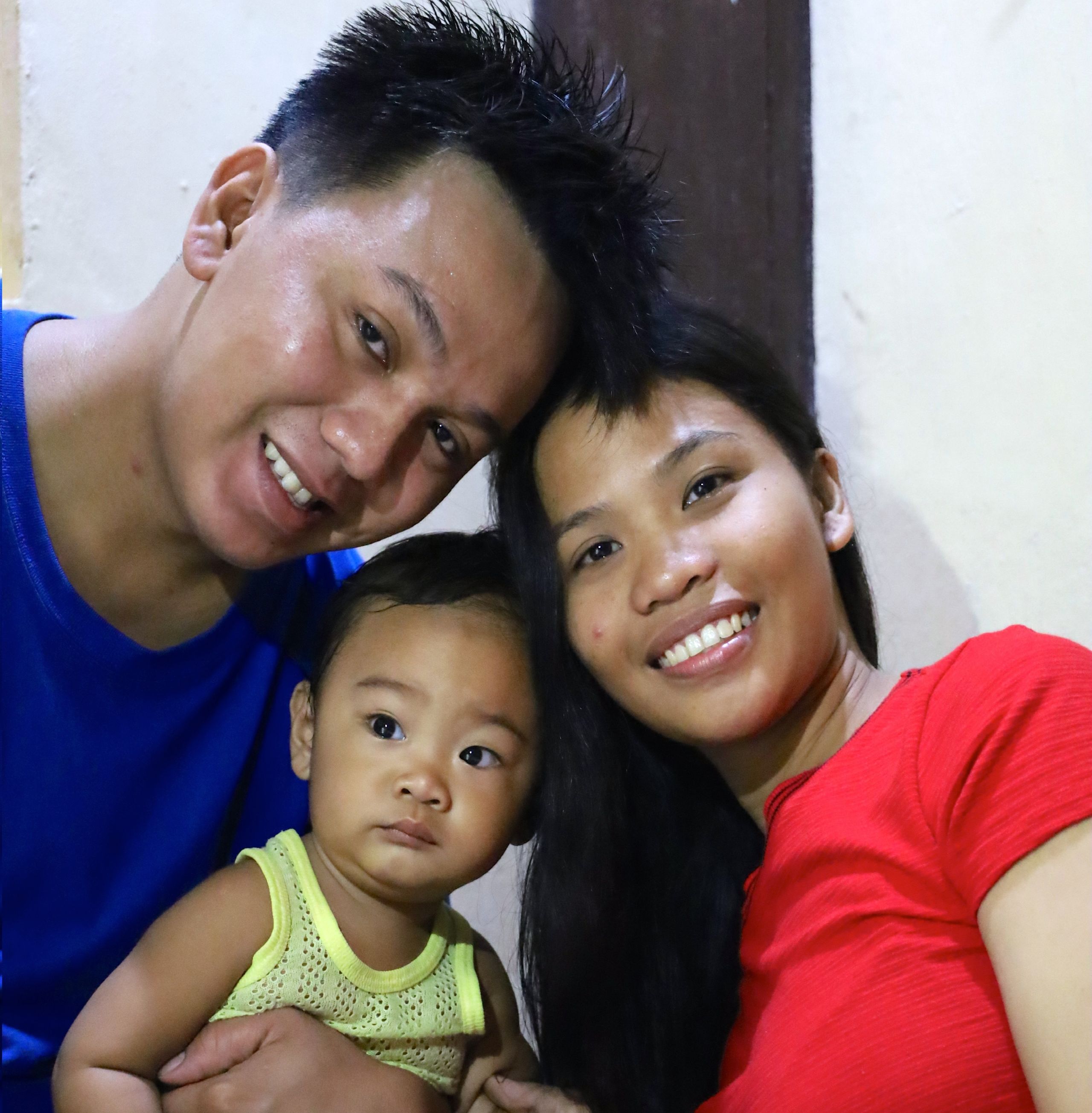
Inequitable government support for the informal economy
Abigail, a short-term contractual worker, gave birth shortly before her contract ended, leaving her unable to access paid maternity leave. But fortunately, as an active paying member of the social security system, she received a maternity cash benefit, allowing her to stay home with her son, Gael. Two months after giving birth, Abigail found employment in the formal sector, providing her with job security and expanded benefits.


Abigail and her husband Patrick, with their son, Gael.
Abigail and her husband Patrick, with their son, Gael.
Not every mother is as fortunate as Abigail and able to access paid maternity leave or social security system benefits like maternity cash. Nori Anne is one of these mothers. As a self-employed food vendor, she could not afford to pay social security membership premiums. Under pressure to support her family financially, Nori Anne had to reopen her store just a few weeks after giving birth.

“I feel fortunate that despite financial challenges, I was able to continue breastfeeding. I hope that one day, all mothers are supported, and social security will be affordable and accessible to workers in the informal economy like me,” shares Nori Anne, a food vendor. She is pictured breastfeeding her seven - month-old.
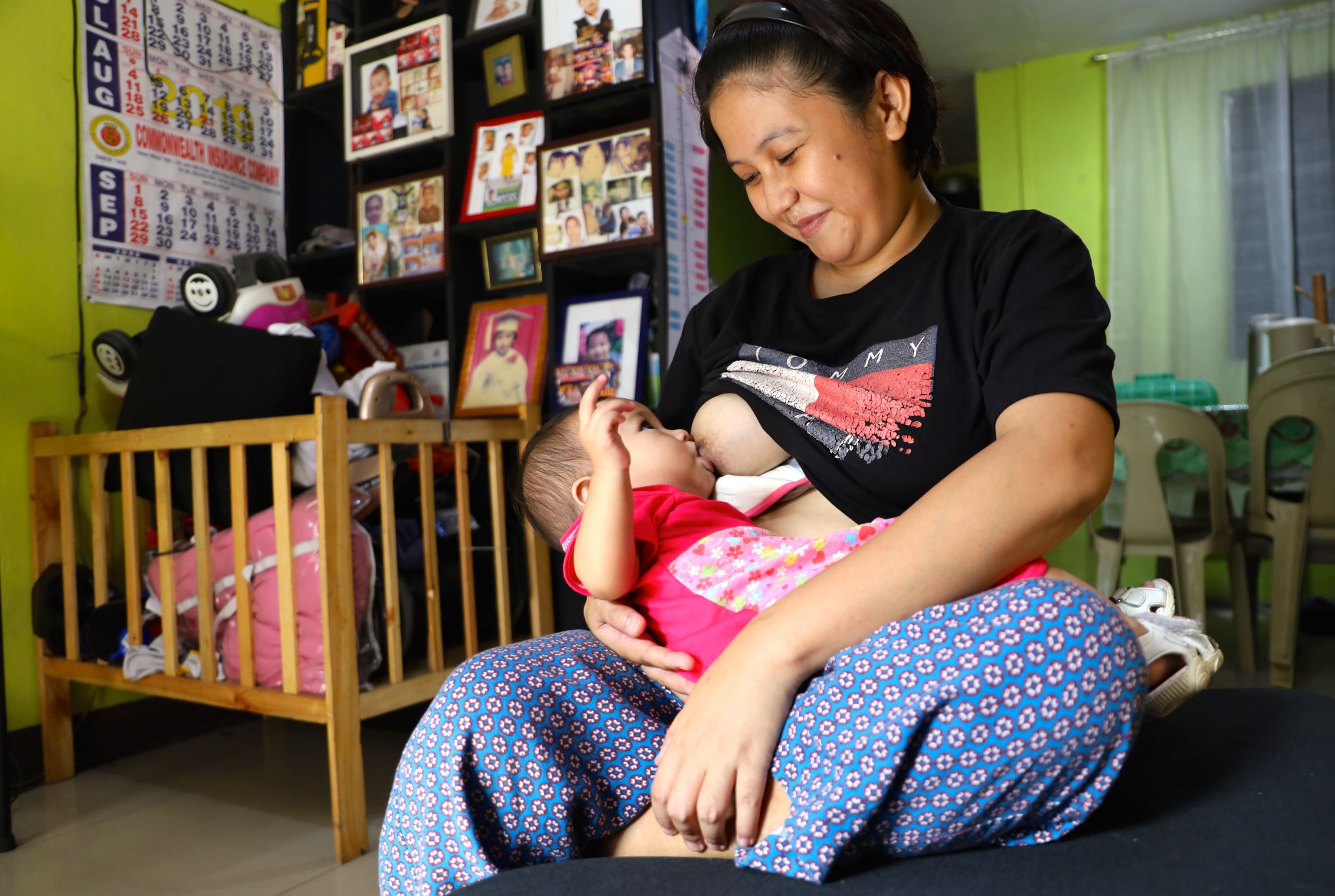
Over half of all women in the Filipino workforce are employed in the informal economy; their challenges are exemplified in Abigail and Nori Anne’s stories. During maternity, this majority seldom enjoys job security or access to social protection schemes, nor can these mothers stay away from work to continue breastfeeding.

Workplace lactation: A crucial component of a breastfeeding-friendly environment
The Expanded Breastfeeding Act of 2009 mandates workplaces in the Philippines to support working mothers to breastfeed, guiding private and government workplaces to provide lactation spaces and paid lactation breaks. Abigail, Mylene and Sienna are all benefitting from the breastfeeding-friendly policy, and rely on their 40 - minute breaks and private spaces to continue breastfeeding.

Over half of all women in the Filipino workforce are employed in the informal economy; their challenges are exemplified in Abigail and Nori Anne’s stories. During maternity, this majority seldom enjoy job security, have access to social protection schemes, can stay away from work, and can continue breastfeeding.
Workplace lactation: A crucial component of a breastfeeding-friendly environment
The Expanded Breastfeeding Act of 2009 mandates workplaces in the Philippines to support working mothers to breastfeed, guiding private and government workplaces to provide lactation spaces and paid lactation breaks. Abigail, Mylene and Sienna are all benefitting from the breastfeeding-friendly policy, and rely on their 40-minute breaks and private spaces to continue breastfeeding.

“At first, finding the time to express milk while working was a bit of a challenge for me, given that the machine I operate in the factory needs to run continuously during my shift. But I know I have the right to take lactation breaks. I talked to my supervisors, and with their help, relievers were assigned to take charge of running the machine every time I am expressing milk.” – Abigail, Machine Operator
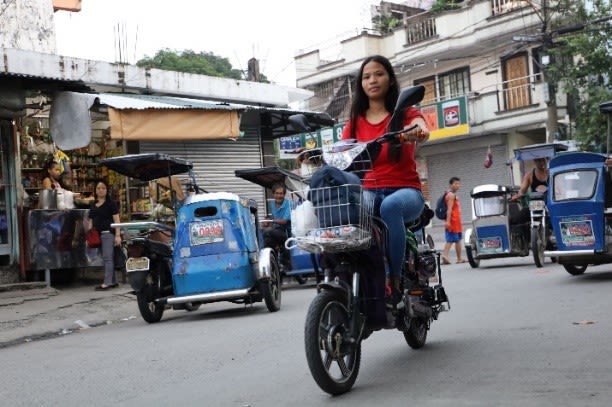
Some workplaces, like Julie’s, support mothers beyond what the law requires. Days before returning to work as an executive assistant after giving birth to her son Rijoff, Julie faced trouble finding reliable childcare. After explaining the situation to her managers, she was allowed to bring Rijoff, then three months old, with her to work. He has come to work with her every day since her maternity leave ended, allowing Julie to easily reach her goal of six months of exclusive breastfeeding.
“It took me a while to find the balance between my work responsibilities and taking care of my son, but careful planning allows me to do both. I work extra hours to compensate for the time I spent with my baby while at work. I am so thankful that my co-workers and office managers are very supportive.” - Julie, Executive Assistant
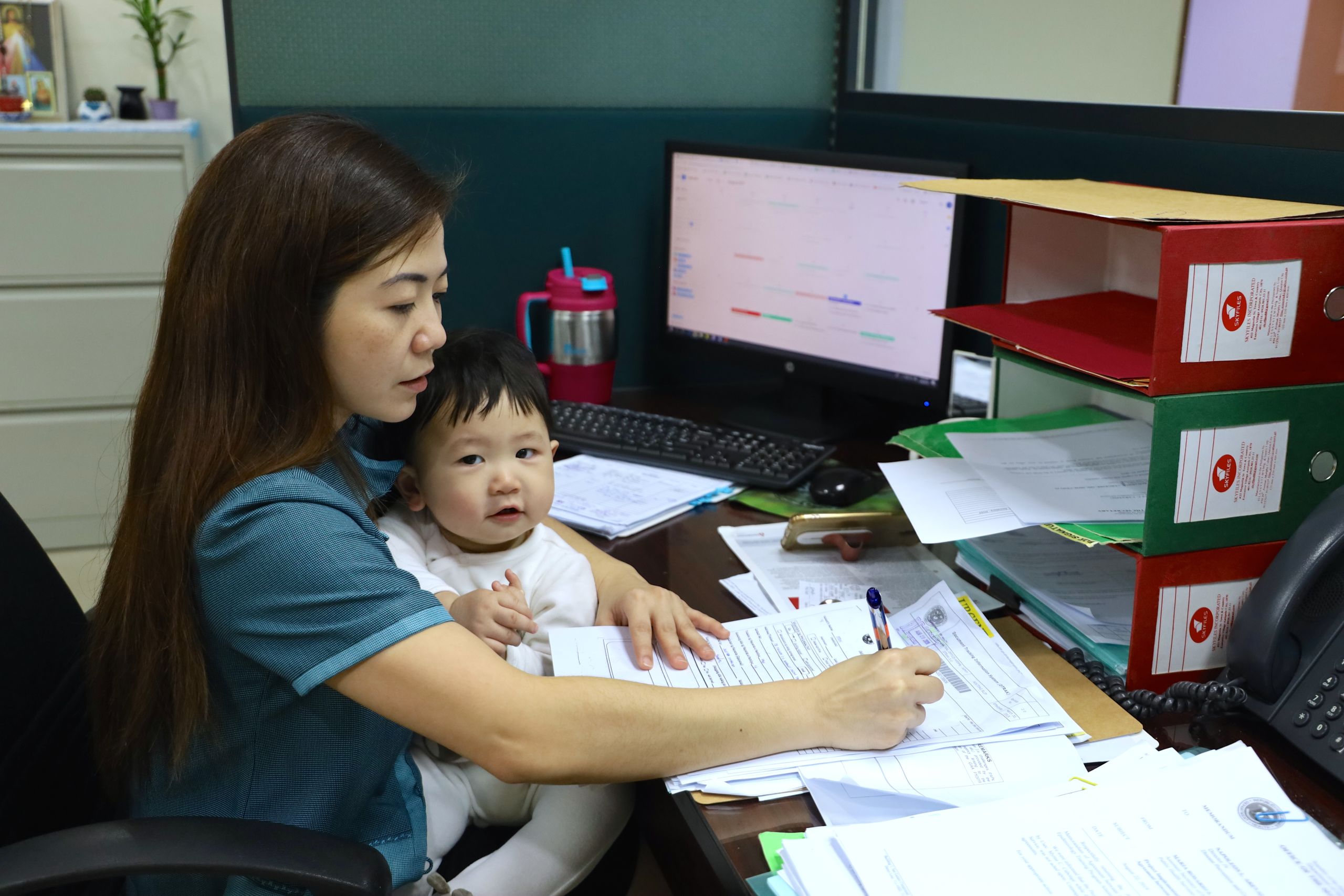
Some workplaces, like Julie’s, support mothers beyond what the law requires. Days before returning to work as an executive assistant after giving birth to her son Rijoff, Julie faced trouble finding reliable childcare. After explaining the situation to her managers, she was allowed to bring Rijoff, then three months old, with her to work. He has come to work with her every day since her maternity leave ended, allowing Julie to easily reach her goal of six months of exclusive breastfeeding.

“It took me a while to find the balance between my work responsibilities and taking care of my son, but careful planning allows me to do both. I work extra hours to compensate for the time I spent with my baby while at work. I am so thankful that my co-workers and office managers are very supportive.” - Julie, Executive Assistant
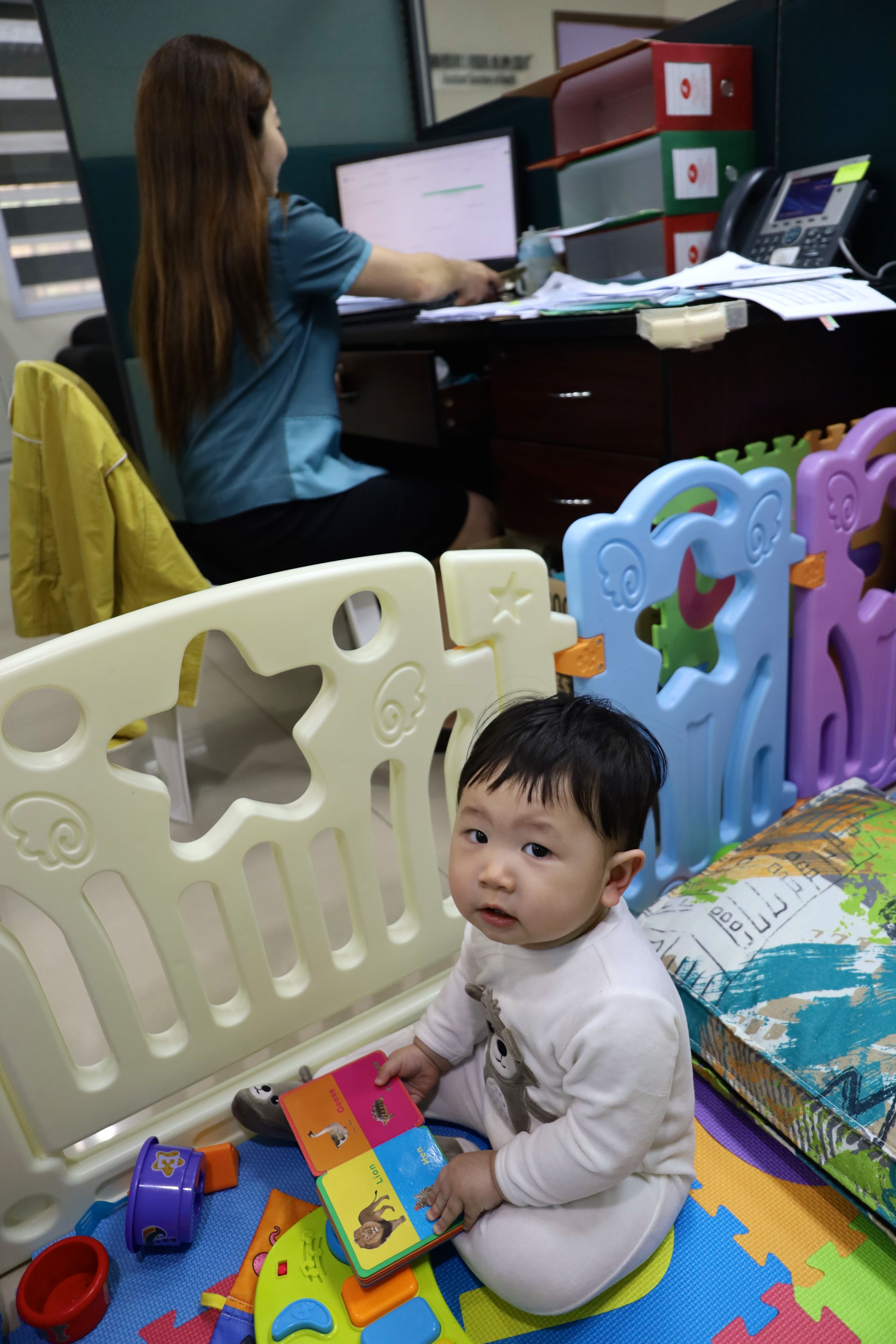
Breastfeeding is not a one-woman job
All five mothers worked hard to exclusively breastfeed – but all agree that their families and communities were crucial in meeting their breastfeeding goals.
Nori Anne calls her husband, King, her “ally.” Since her pregnancy, he has supported her decision to breastfeed and helped research strategies to breastfeed while working.
Mylene cites her sister-in-law, Osanne, who serves as her daughter’s secondary caregiver when she is at work, as a big help. Osanne will feed her niece breastmilk based on Mylene's instructions.
Abigail’s grandparents are committed to feeding her son only breastmilk while she is at work.
And for Julie, the support and understanding she feels from her coworkers make her workdays easier.
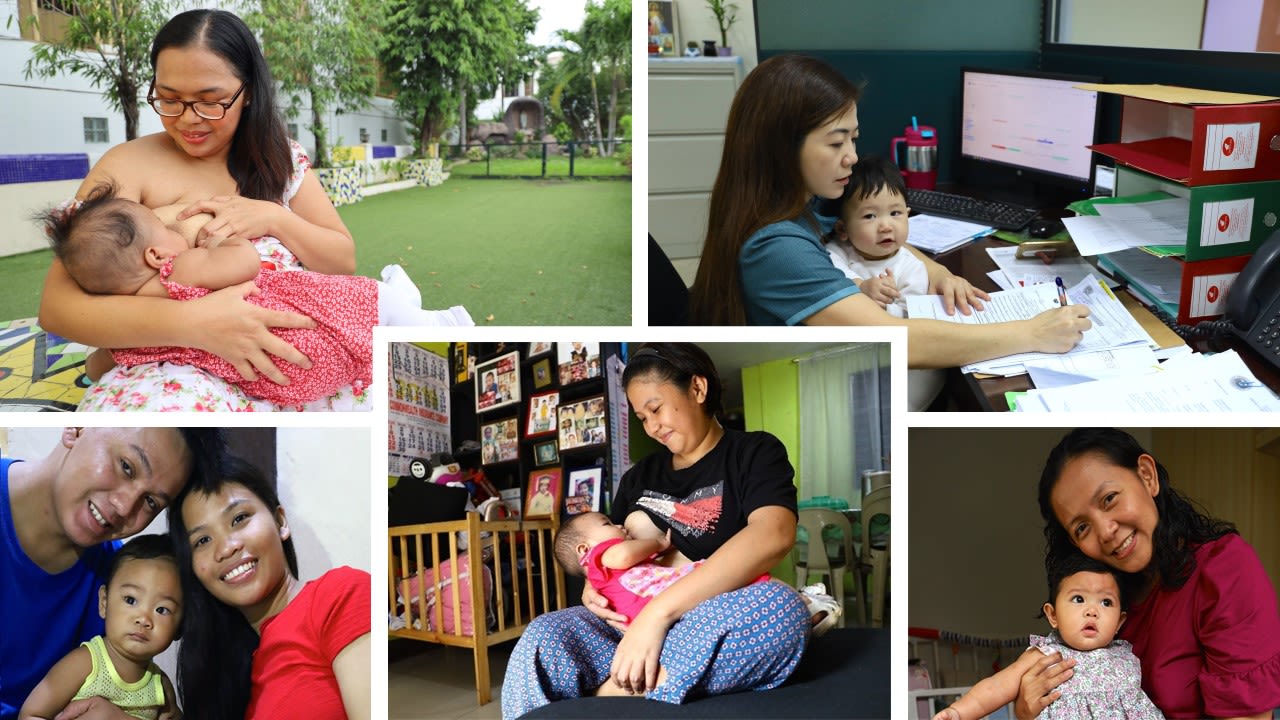
Mylene, Abigail, Sienna, Julie, and Nori Anne are just five mothers out of millions who must navigate working while breastfeeding. Their stories show that with breastfeeding-supportive policies, workplaces, communities, and families, working mothers can exclusively breastfeed. We must ensure that support is equitable and accessible for all mothers, in all jobs, who choose to work.
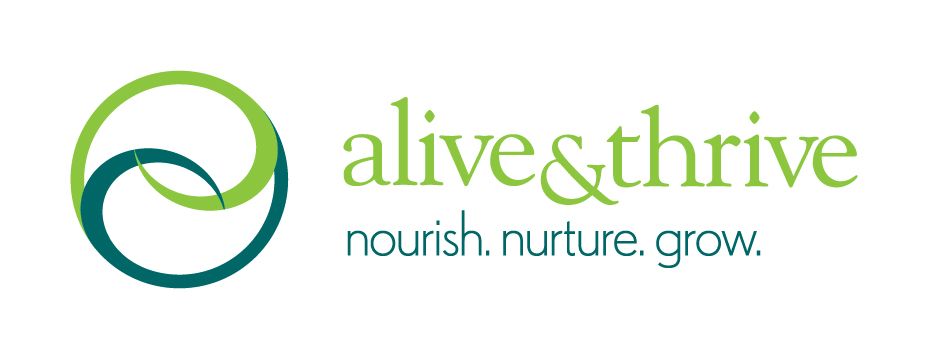
The Alive & Thrive initiative, managed by FHI 360, is currently funded by the Bill & Melinda Gates Foundation, Irish Aid, the Tanoto Foundation, and UNICEF.
All photos in this article were taken by Giacomo Pirozzi.
